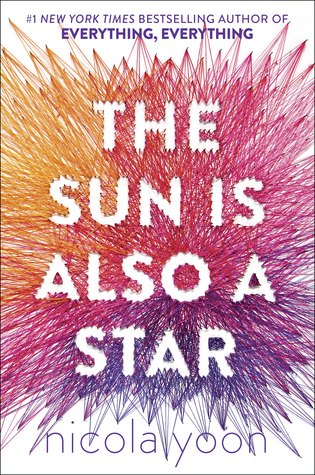
In Caraval, sisters Scarlett and Donatella traveled to Caraval to escape from their evil governor father, and to participate in an amazing and magical game put together once a year by Legend, Caraval's master. While Scarlett won the game and gained her freedom, Tella was a participant in the five day game and actually died, before being brought back to life. This book was told from Scarlett's perspective.
In Legendary, it's Tella's turn to participate in a sooner than anticipated game. Told from her perspective, barely a day since the week-long party on Caraval occurred. It is suddenly announced that the entire company is traveling to Valenda, the seat of the Meridian Empire to celebrate the Empress' 75th birthday. When she was a child, Tella stumbled upon a strange deck of cards containing a picture of each of the Fates. Her mother chided her and made her promise never to touch it again. Tella had already stolen the Oracle, however, but she promised anyway. Soon after, her mother vanished.
Tella is doubly motivated to play. Her mysterious patron who got her tickets to the last games is back again, dangling the promise of reuniting her mother, but this time his price is higher. He wants Legend's true name. But the only way she can find this information is by winning this new edition of Caraval. Helped, or hindered, by Dante, one of Legend's performers, Tella sets forth on this new adventure. She immediately complicates her own life, however, when she finds herself not on the guest list at the Empress' palace. On Dante's suggestion, she informs the matron that she is the fiancee to the heir of the throne, a man ruthlessly known for killing every fiancee he has had as he has climbed the steps of power. When it turns out that her patron, Jack, and the heir to the throne are one and the same, and that said Jack also happens to be the Prince of Hearts newly freed from the Deck of Fates, Tella is no longer sure that Caraval is only a game.
Facing the impossible choice of revealing Legend's identity to Jack, which would lead to the downfall of the Master of Caraval, or giving the Deck of Fates to Legends and seeing her chance of freeing her mother end forever as he plans on destroying it, Tella must decide where her loyalties lie....













![Vengeance: Children of Faust by [Ulm, Chris]](https://images-na.ssl-images-amazon.com/images/I/41d%2BJ2s5G5L._SY346_.jpg)








